In the age of misinformation and disinformation, we’re (hopefully) all getting a little better about fact-checking — or at least, about not automatically believing every last thing we read or hear on the internet. But there are some fundamental truths we were taught as kids that, it turns out, were never true. Or they seemed true at one point but now we have more information and fresh facts that demote them to “myth” status.
From the very land and water of Earth, to the planetary bodies, to some supposedly basic history we’re remembering wrong, here are a few things it’s time to relearn. (Hopefully it will stick this time.)
We have a fifth ocean now
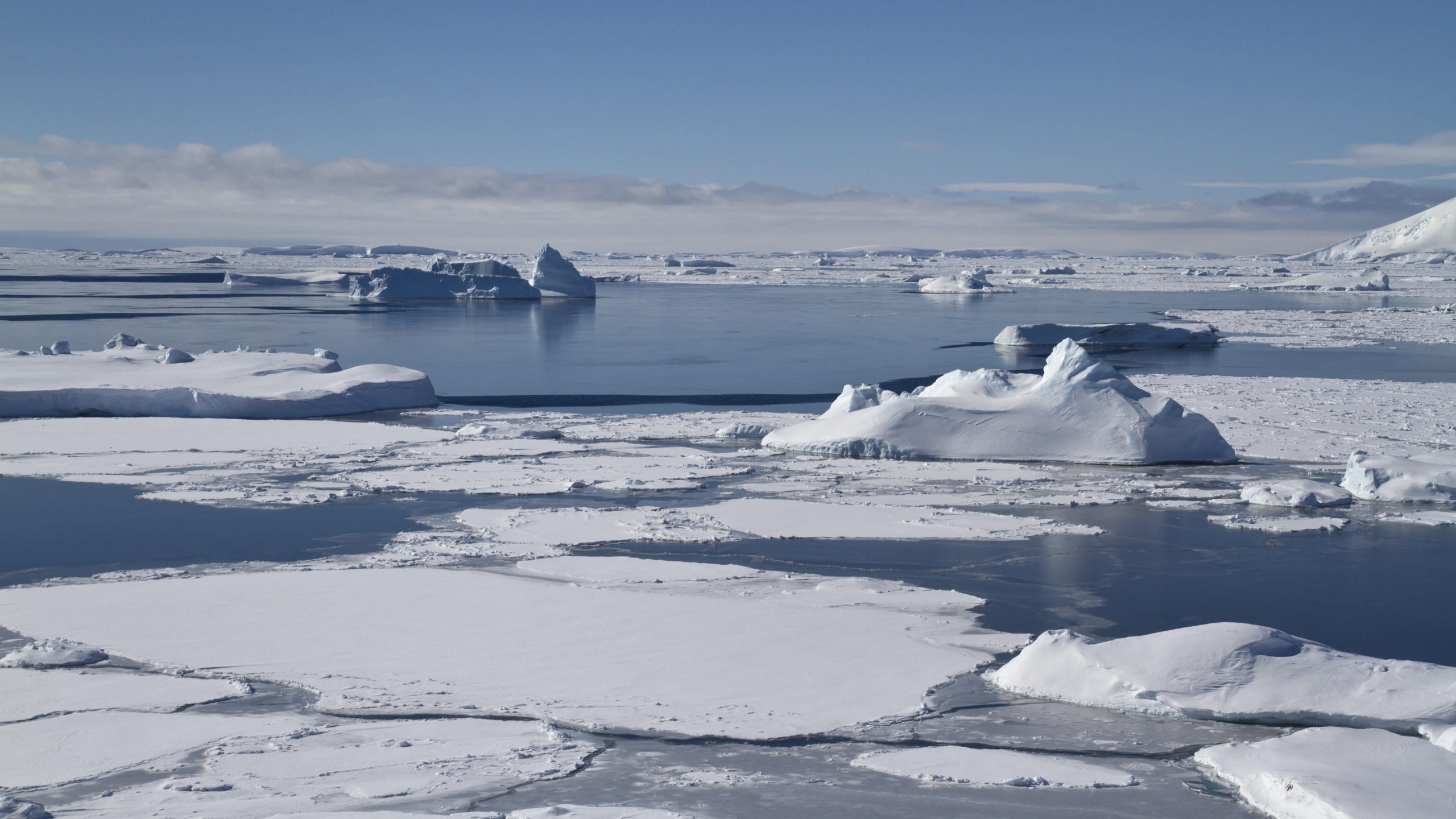
Back in the day, when we were required to identify the oceans on a photocopied map of the world, we only had to remember four: the Atlantic, Pacific, Indian, and Arctic oceans. But a new ocean — called the Southern Ocean — has come on the scene. Or rather, it’s always been there, encircling Antartica, it’s just that we were slow to acknowledge its individuality. But the National Geographic’s cartographers say now is the time, and if it’s an ocean to them, that’s good enough for me.
Geographers debated whether the waters around Antarctica had enough unique characteristics to deserve their own name, or whether they were simply cold, southern extensions of the Pacific, Atlantic, and Indian Oceans.
“It’s sort of geographic nerdiness in some ways,” [National Geographic Society Geographer Alex] Tait says. He and the National Geographic Society’s map policy committee had been considering the change for years, watching as scientists and the press increasingly used the term Southern Ocean.
Welcome, Southern Ocean. It’s nice to have you.
We might have a new continent, too

Quick! How many continents do we have on Earth? If you, like Google, said “seven,” you’d be basically right — depending on who you ask. Although, a Google search reveals this is a question many are confused about:
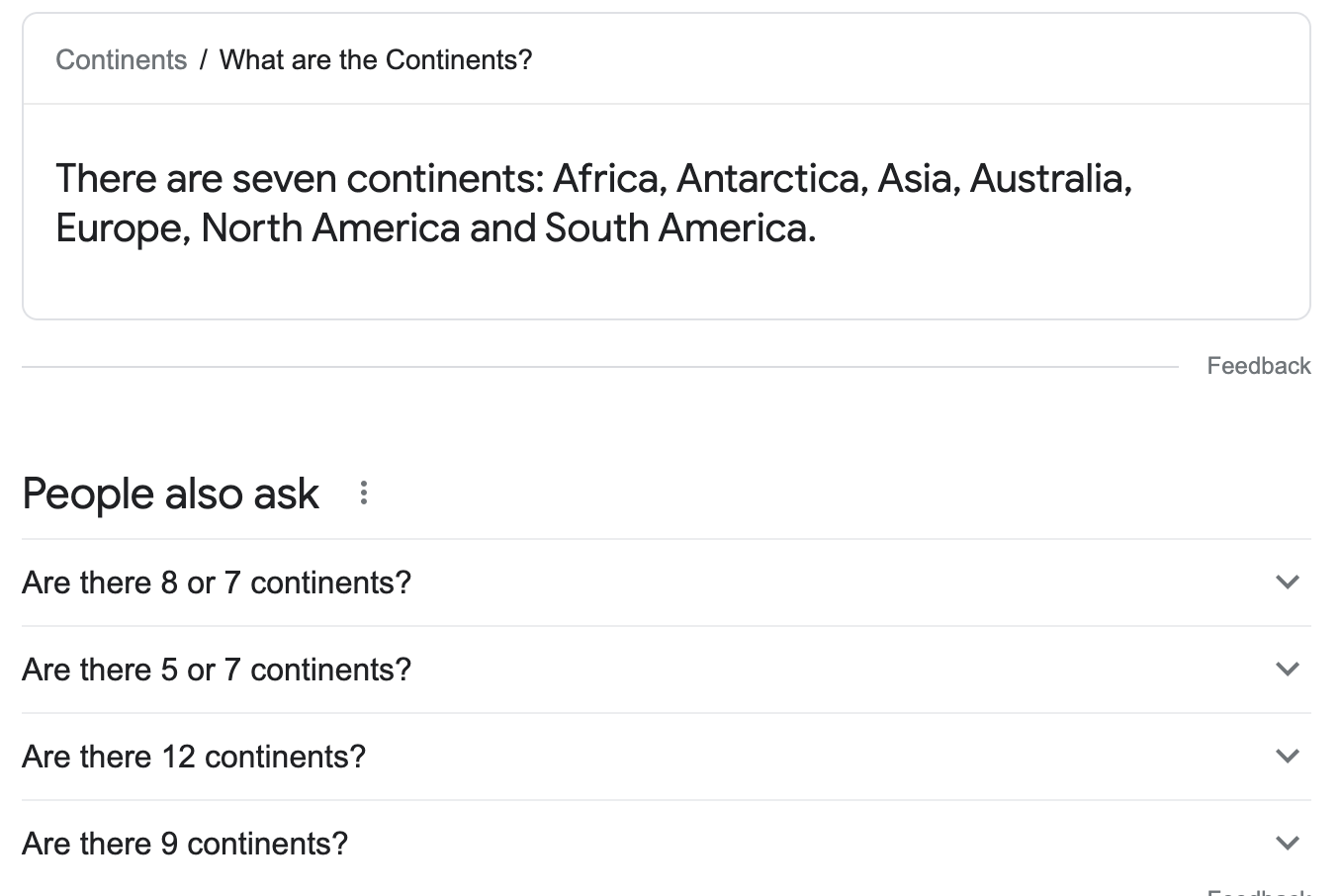
Eight or seven? Five or seven? Nine? 12?
There are not 12 continents, but there may very well be eight, according to a group of geologists who want to count a “continent” that has been submerged for upwards of 23 million years. EarthSky reports:
Earth’s “hidden” continent, they say, is a mostly submerged land mass beneath New Zealand and New Caledonia — an elevated part of the ocean floor, about two-thirds the size of Australia — nicknamed Zealandia.
Zealandia sounds like a place straight out of Game of Thrones, but I see what they’re doing there.
Pluto, what are you?
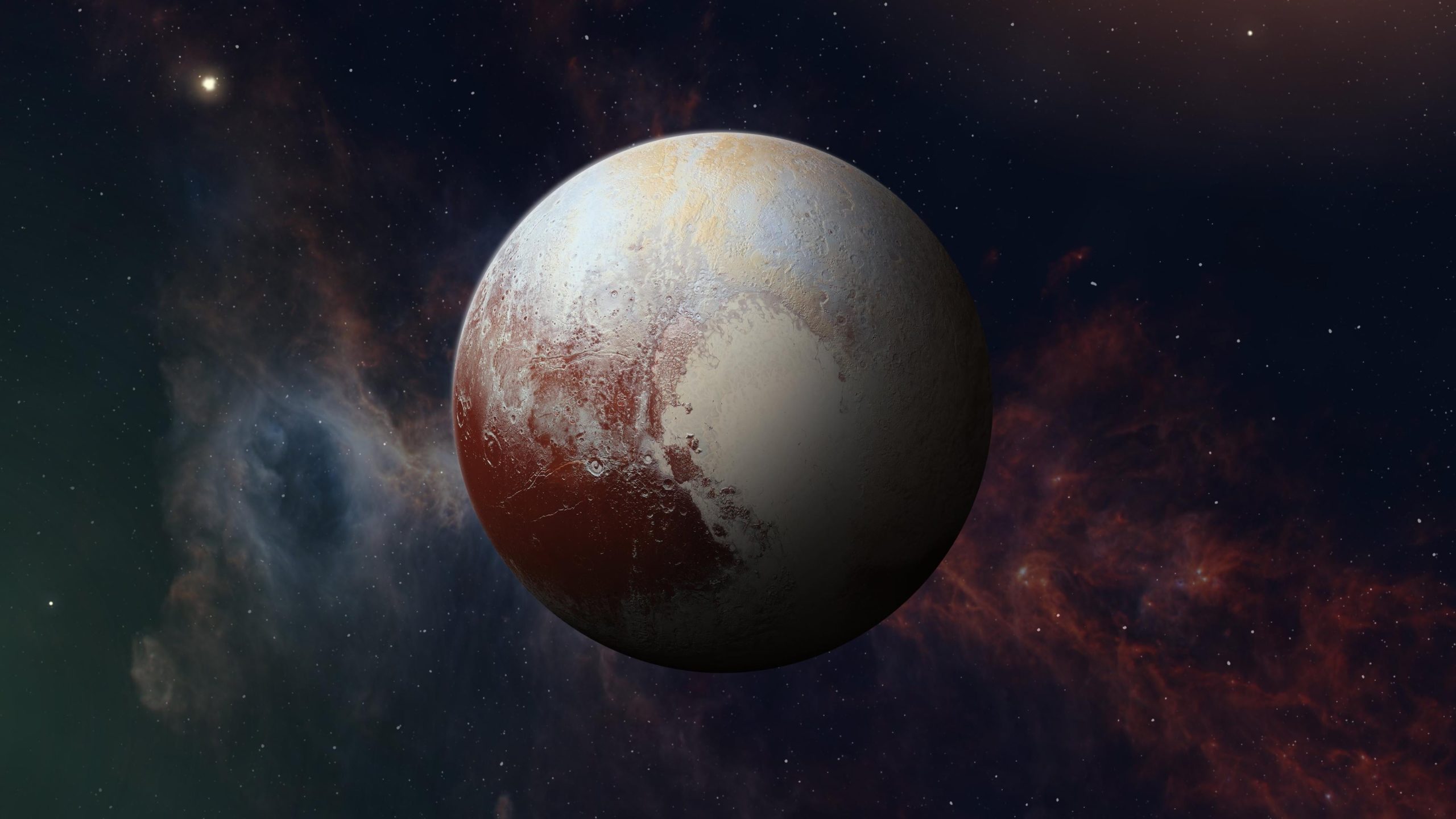
If you start to type, “Is p…” into Google, “Is Pluto a planet?” comes up as a top autofill suggestion (second only to, “Is pneumonia contagious?”). Many of us are confused about this because it most definitely was a planet back when we had to memorise the order of the planets, starting with Mercury, which is closest to the sun, and ending with Pluto.
But then the rug was yanked out from under us August 2006 when the International Astronomical Union (IAU) voted to downgrade Pluto to mere “dwarf planet” status. There are reasons for this, which you can read about in more detail here, but basically, telescopes got bigger and better, and we were able to see farther out and more clearly. We figured out that Pluto was much smaller than we initially assumed (it’s even smaller than our moon) and there is other stuff out beyond it that’s bigger.
But we felt bad about taking away its planetary status entirely, so the downgrade to “dwarf planet” was a compromise of sorts.
Witches in Salem weren’t burned at the stake

I know we’ve been talking about science-y “facts” so far, but I’ve got to take a quick detour into history for a second to inform you that “witches” were not, in fact, burned at the stake in Salem — they were hanged. Which still is not great, but is at least less gruesome. History.com clears this up for us:
Twenty people were eventually executed as witches, but contrary to popular belief, none of the condemned was burned at the stake. In accordance with English law, 19 of the victims of the Salem Witch Trials were instead taken to the infamous Gallows Hill to die by hanging. The elderly Giles Corey, meanwhile, was pressed to death with heavy stones after he refused to enter an innocent or guilty plea. Still more accused sorcerers died in jail while awaiting trial.
The myth of burnings at the stake in Salem is most likely inspired by European witch trials, where execution by fire was a disturbingly common practice. Medieval law codes such as the Holy Roman Empire’s “Constitutio Criminalis Carolina” stipulated that malevolent witchcraft should be punished by fire, and church leaders and local governments oversaw the burning of witches across parts of modern day Germany, Italy, Scotland, France and Scandinavia. Historians have since estimated that the witch-hunt hysteria that peaked between the 15th and 18th centuries saw some 50,000 people executed as witches in Europe.
To be fair, some of those European “witches” were executed by burning at the stake, and others were hanged or beheaded first and then their bodies were incinerated afterward “to protect against postmortem sorcery.”
FFS, is a brontosaurus a brontosaurus, or not?
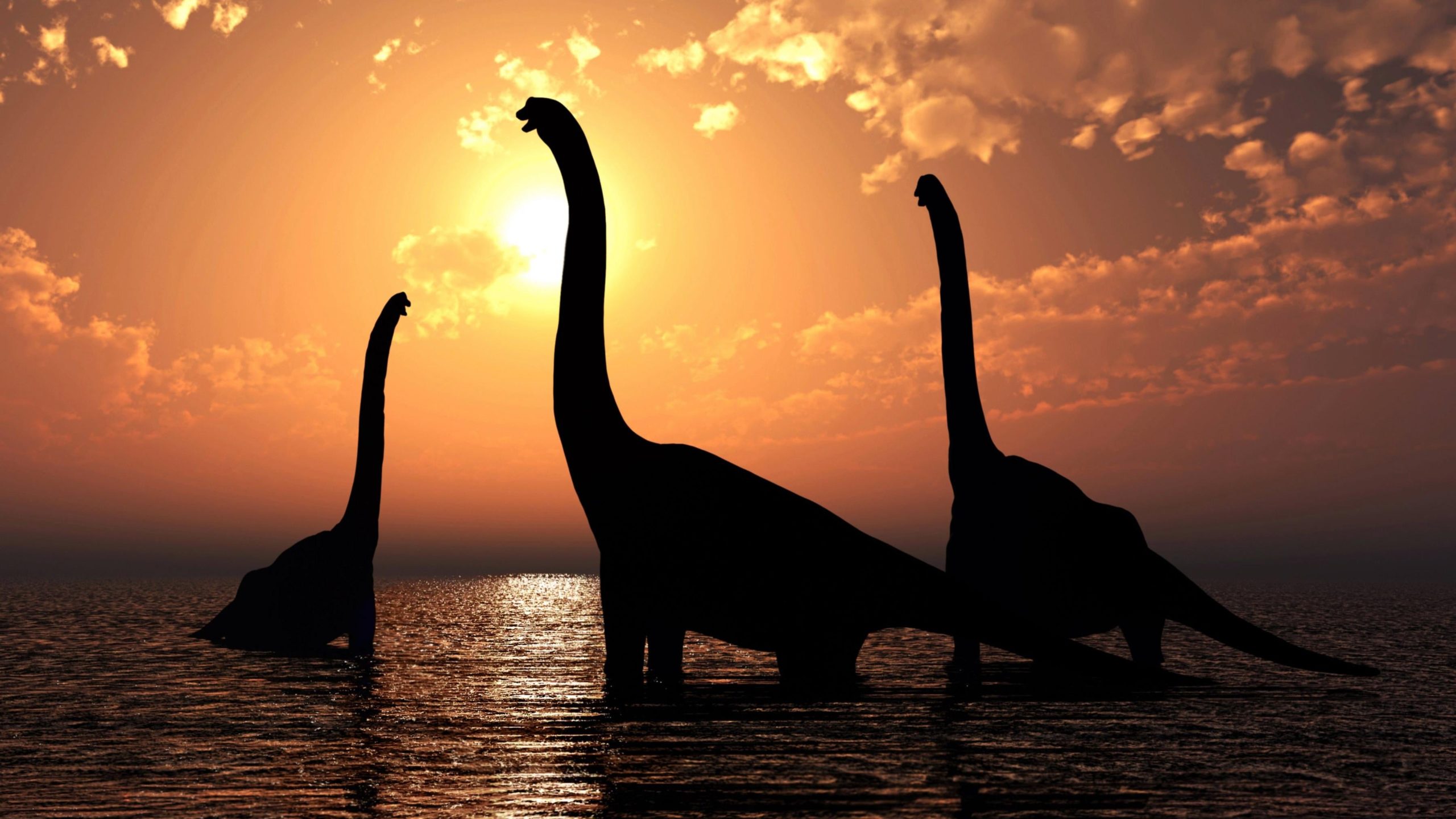
If I say, “brontosaurus,” I bet a very specific image of a long-necked, long-tailed sauropod comes to mind. It was one of a handful of the dinosaurs we learned about as kids — at least back in my day — along with the tyrannosaurus rex, triceratops, pterodactyl, and stegosaurus. But the brontosaurus, as we knew it, was actually the apatosaurus. Or… was it?
Scientific American will kick us off with an explanation:
The first of the Brontosaurus genus was named in 1879 by famed paleontologist Othniel Charles Marsh. The specimen still stands on display in the Great Hall of Yale’s Peabody Museum of Natural History. In 1903, however, paleontologist Elmer Riggs found that Brontosaurus was apparently the same as the genus Apatosaurus, which Marsh had first described in 1877. In such cases the rules of scientific nomenclature state that the oldest name has priority, dooming Brontosaurus to another extinction.
So if we scientists knew this all the way back in 1903, why did I — a child of the 1980s and 90s — grow up learning about a dinosaur that apparently never existed? Well, it seems that museums were super slow to adjust to the change, and some flat-out disagreed that it should be changed at all. Its image and name lived on in pop culture, being highlighted in Disney’s Fantasia in 1940 and in The Land Before Time in 1988.
Before we knew it, we were adults, and our young children were learning about the apatosaurus, and we were like, “No, no, that’s a brontosaurus, silly!” Luckily, in 2015, another paleontologist decided there actually were enough differences between the two groups of fossils to classify them as separate species. So the brontosaurus did exist. Maybe.
Guess what: Electrons don’t orbit the nucleus

This knowledge comes from Lifehacker’s Senior Health Editor, Beth Skwarecki, who knows a lot about a lot (she is the person you want on your trivia team, if ever you have the chance). Beth says:
“If you have an image in your mind of electrons orbiting a nucleus like planets around the sun, I’m sorry to tell you that idea — called the Bohr model — has been considered outdated since the 1920s. But it still shows up in textbooks because it’s easier to explain than what scientists think is actually going on with electrons.
It’s still considered to be true that atoms have a nucleus made of protons and neutrons, and that electrons tend to be somewhere in the vicinity. But where are the electrons? It turns out we can’t actually know. Instead, scientists now talk about ‘orbitals’ or ‘electron clouds,’ bizarrely-shaped places where the electron is most likely to be.”
Your ears and nose don’t keep growing your whole life

You’ve almost certainly learned, at some point, that we are all destined to live with ever-growing ears and noses, which makes sense if you think of the way elderly people do seem to have these oversized features. Well, it’s not true. What is true is that it looks like our ears and noses are growing — thanks to gravity. Discovery.com explains:
As you age, gravity causes the cartilage in your ears and nose to break down and sag. This results in droopier, longer features. Studies have estimated that ears lengthen at a rate of about .22 millimetres per year. The growth appears in men and women, so it’s just one of the many universal joys of getting older.
So we’re all still destined to have big ol’ lobes and honkers, just not for the reason you thought.
The Great Wall of China isn’t all that visible from space

The Great Wall of China is often billed as the one man-made structure that is visible from outer space, but it just…isn’t. It apparently is possible to see the wall — if you’re low enough and the weather and lighting conditions are just right. But most astronauts have said the wall’s materials blend into its surroundings too much to typically be discernible with the naked eye.
However, they do report making out roads, airport runways, irrigation ditches, and bridges that are made of materials that do make them stand out from their surroundings.
Interestingly enough, this whole idea began circulating well before humans even went into space, according to Scientific American:
Misinformation about the barrier’s visibility dates back decades. A 1932 Ripley’s Believe It or Not! cartoon claimed that the wall is “the mightiest work of man, the only one that would be visible to the human eye from the moon.” The belief persisted into the Space Age. Since Neil Armstrong returned from the moon in 1969, he has been repeatedly asked whether he could see it.
Because if it’s in a 1930s Ripley’s Believe It or Not! cartoon, it must be true.
Medieval Europe looked a lot different than you think
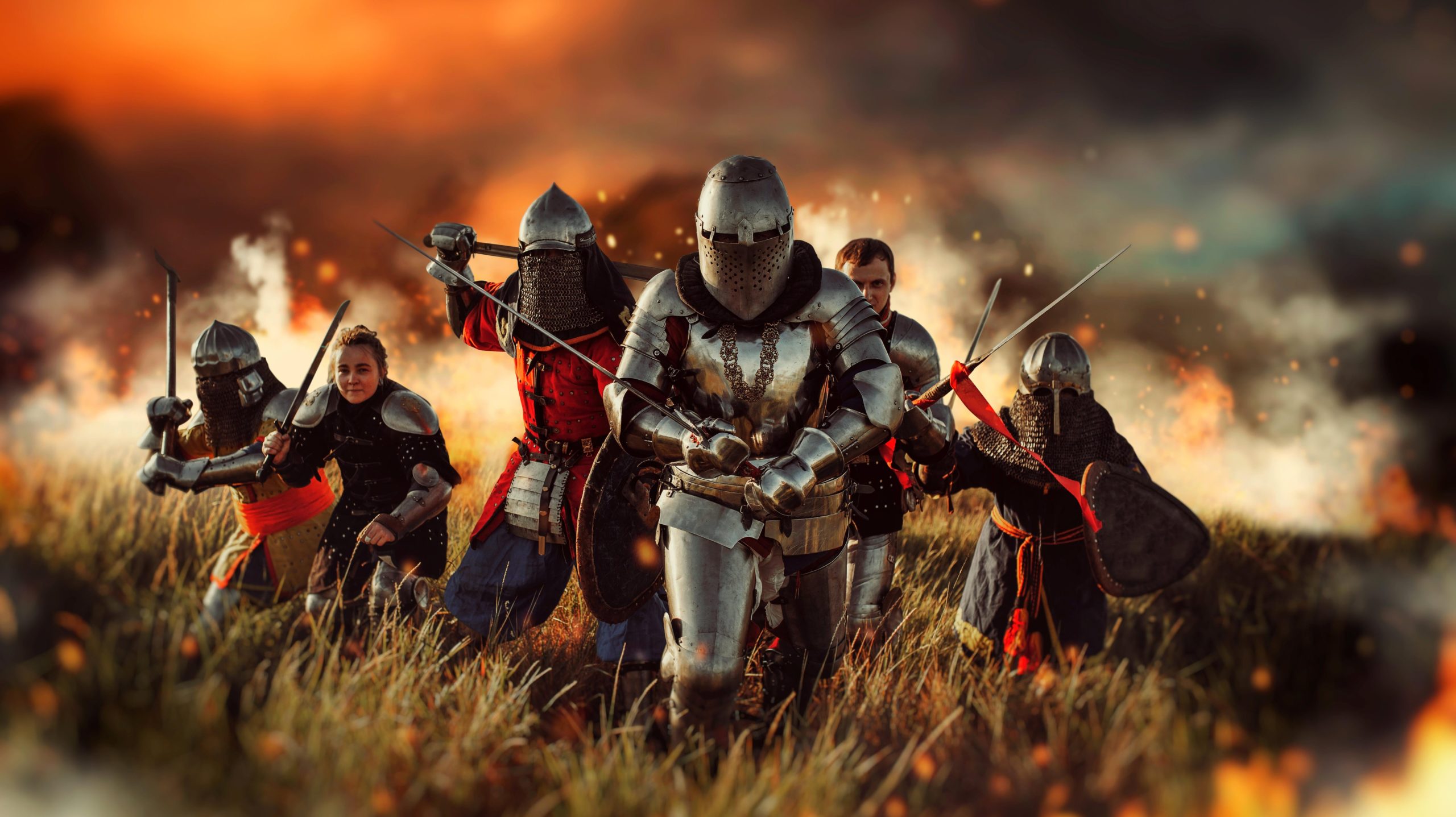
Take a moment to picture the Medieval Era for a moment. Do you see dirty, muddy streets? Bland and tasteless food being eaten by folks with little-to-no table manners (not to mention terrible teeth)? Are people emptying chamberpots from the windows, through which you might see chickens and pigs roaming the streets? Is there constant warfare led by knights who can hardly move under the ridiculously heavy armour they’re wearing?
Nah. Much of that is wrong, actually. Here’s what the “Fake History Hunter” has to say about all of it:
This era lasted roughly 1000 years and life was very different at certain times and in different places, so it is a bit silly and difficult to make blanket statements about this subject. Nevertheless when talking about Medieval Europe or seeing movies set in that era so many things are brought up that are totally incorrect.
And yes some of these myths are still being taught in schools and are thus quite common. Many of these misconceptions come from Victorian writers and historians who reflected their Victorian society into how they thought Medieval life was.
Click through if only to see the Medieval Myths Bingo card they’ve created (“torches all over the place”).
A camel’s hump does not store water

Who told us this and why? There’s no water in that hump, which seems obvious now, but is a thing I readily accepted as a child and haven’t thought much since. According to the Library of Congress, a camel does drink a lot of water at one time — up to 20 gallons, which is then stored in its bloodstream so it can go for long periods of time between drinks.
Fat is what’s stored in its hump, and that fat is used as nourishment when food is scarce. The Library of Congress says:
If a camel uses the fat inside the hump, the hump will become limp and droop down. With proper food and rest the hump will return to normal.
Camels are pretty neat.
Humans have more than five senses

Touch, sight, hearing, smell, and taste — boom, those are the five human senses, right? Yes, those are the five main, basic senses, but we have a whole lot more than nobody really talks about. To start with, as Live Science points out, our sense of space (or proprioception) is a pretty good one to have:
Proprioception includes the sense of movement and position of our limbs and muscles. For example, proprioception enables a person to touch their finger to the tip of their nose, even with their eyes closed. It enables a person to climb steps without looking at each one. People with poor proprioception may be clumsy and uncoordinated.
There’s also our sense of balance, temperature, pain, thirst, and hunger, among others; we can sense lots of stuff!
Raindrops are not tear-shaped

Raindrops are… (wait for it) …hamburger-bun-shaped!
Basically every illustration you’ve ever seen of a raindrop your entire life shows them to be tear-shaped, but that is a lie. They more accurately are shaped like the top of a hamburger bun, or maybe a bean. They start out roughly spherical, but as they fall, surface tension enters the equation. Let’s let NASA explain:
As the raindrop falls, it loses that rounded shape. The raindrop becomes more like the top half of a hamburger bun. Flattened on the bottom and with a curved dome top, raindrops are anything but the classic tear shape. The reason is due to their speed falling through the atmosphere. Air flow on the bottom of the water drop is greater than the airflow at the top. At the top, small air circulation disturbances create less air pressure. The surface tension at the top allows the raindrop to remain more spherical while the bottom gets more flattened out.
Even as a raindrop is falling, it will often collide with other raindrops and increase in size. Once the size of a raindrop gets too large, it will eventually break apart in the atmosphere back into smaller drops. This time, the surface tension loses and the large raindrop ceases to exist.
So next time it rains, you can picture millions of tiny hamburger buns falling from the sky (if you weren’t already).

Leave a Reply
You must be logged in to post a comment.